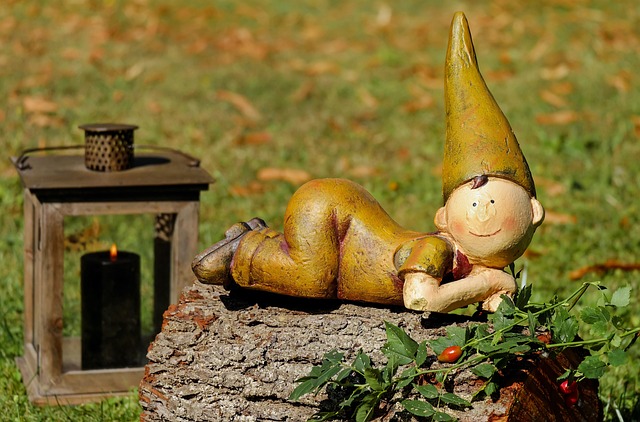The portrayal of the male figure in sculpture has served as a mirror reflecting society’s values, aspirations, and evolving perspectives through the ages. From the chiseled forms of ancient Greek statues to contemporary interpretations, the male figure has been celebrated, scrutinized, and redefined, fostering discussions that resonate deeply within fine arts and culture.
Sculpture, as one of the oldest forms of artistic expression, allows for a tangible representation of ideals and emotions. The male figure, often depicted with muscular precision and grace in classical art, symbolizes strength, power, and the heroic. Works like Michelangelo’s David” epitomize this ideal, capturing not just the physicality of man but also the intricate dance of emotion and intellect intertwined within the human experience. Such pieces invite viewers to reflect on their relationship with masculinity, transcending time and encouraging a dialogue on what it means to be male in different contexts.
Throughout the evolution of fine arts, the male figure has adapted to shifting societal norms and cultural narratives. The Renaissance artists celebrated the human form in all its splendor, whereas modern sculptures often delve into more abstract representations, challenging the traditional notions of masculinity. Artists like Henry Moore and Alberto Giacometti explore the essence of the male form through abstraction, inviting interpretations that go beyond mere aesthetics. This shift mirrors the dynamic complexities of contemporary culture, where traditional gender roles are constantly being reexamined and redefined.
In recent years, the discourse surrounding the male figure in sculpture has broadened, reflecting a growing acknowledgment of diverse male identities and experiences. Artists are increasingly featuring male figures that convey vulnerability, emotional depth, and fluidity, breaking away from the rigid archetypes that have dominated art history. This evolution embraces a more holistic view of masculinity, resonating with audiences and fostering acceptance of varied expressions of the male experience.
The influence of the male figure extends beyond the confines of sculpture; it permeates culture, fashion, and even literature. The exploration of masculinity in these realms prompts rich conversations about identity, societal expectations, and artistic representation. As we engage with these narratives, we unearth not only the artistic value of these works but also their role in shaping and reflecting the cultural zeitgeist.
Engaging with the male figure in sculpture is not merely an appreciation of aesthetics; it is an invitation to delve into the human psyche, to confront our own perceptions of masculinity and its place within the broader cultural landscape. Whether through the veneration of classical forms or the exploration of modern interpretations, the journey through the male figure in sculpture reveals a constantly evolving dialogue that continues to inspire artists and audiences alike.



